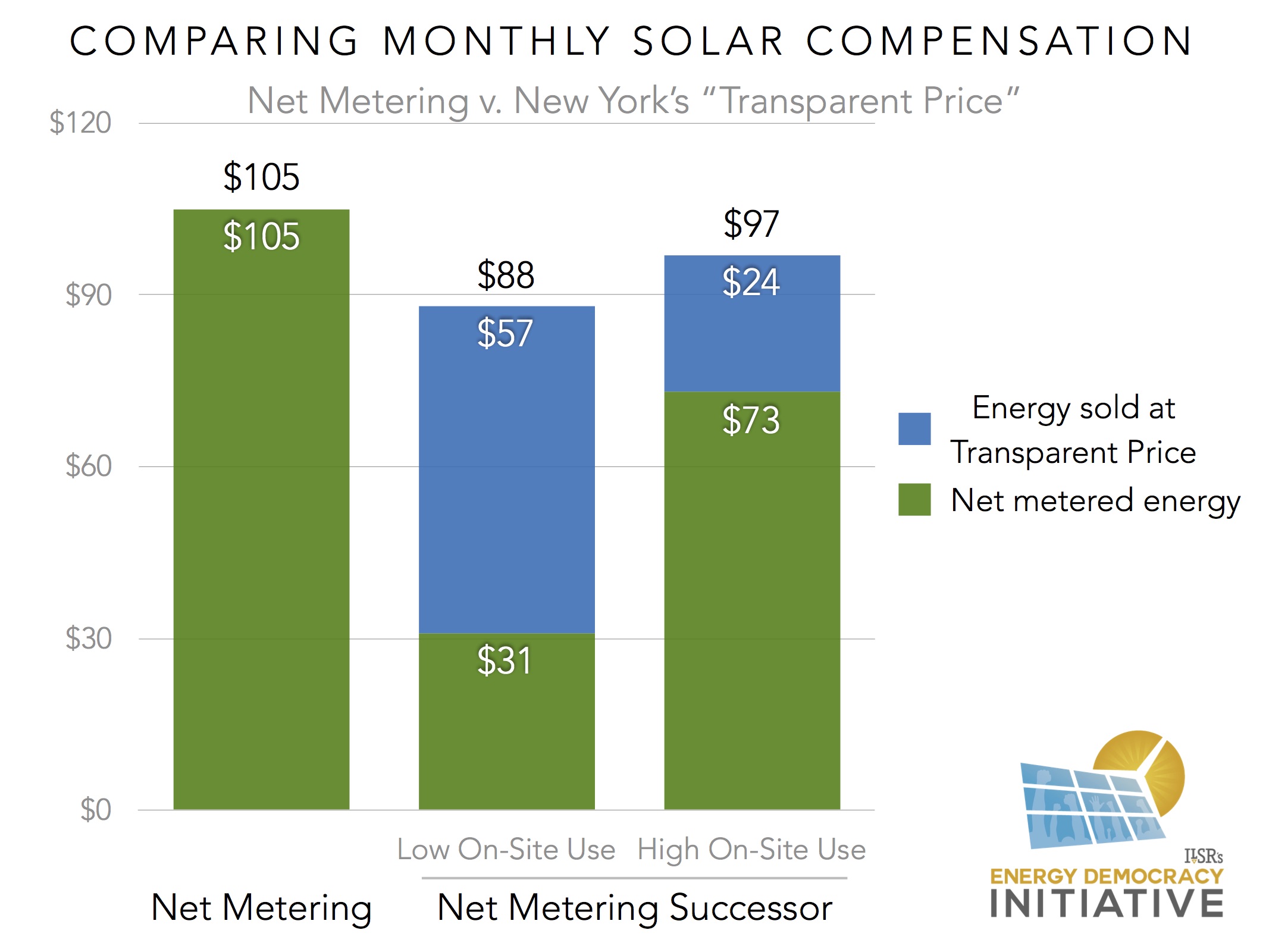

It began when Barclays, citing RMI’s analysis, downgraded the credit rating of the U.S. By that measure, in the 14 months between The Economics of Grid Defection in February 2014 and The Economics of Load Defection in April 2015, the investors and banks have spoken loudly. If you want to see where the grid is headed in the future, you follow the money. Follow the Money: Investors and Banks Weigh In “It’s a lot more likely that they’re going to invest in that kind of system.”īeyond secondary values such as backup power, batteries have important benefits for rooftop solar grid integration, especially in places where customer adoption is high, such as California and Hawaii. “That’s much more attractive to customers,” says Guccione. With the grid as a confident backup for customers, they can more optimally size the solar-plus-battery system, making it smaller, cheaper, and thus cost-effective for more customers in more places sooner. That grid connection is crucial to the equation.

That wouldn’t be an ideal outcome anyway for a whole host of reasons, including, for one, the extra cost of oversizing the system to offer stand-alone assurance and the inability to provide value and services back to the grid, since they’re no longer connected to it.īeyond secondary values such as backup power, batteries have important benefits for rooftop solar grid integration, especially in places where customer adoption is high, such as California and Hawaii.And so The Economics of Load Defection explored a far more probable scenario: customers will keep their utility, but they’ll also invest in grid-connected solar-plus-battery systems. It’ll take more than pure economics to persuade them to make such a big shift in their electric service. However, true grid defection is unlikely for many customers. This new analysis follows on 2014’s The Economics of Grid Defection, which examined when and where it would be cost-effective for customers to cut the cord with their utility entirely through off-grid solar-plus-battery systems. “It can be scary to think about how significant that difference is,” adds Guccione. “The amount of load that’s at stake, the amount of kWh sales, it’s a lot of money,” says James Mandel, a principal in RMI’s electricity practice and another coauthor of the report. This would represent defection of 140 million kilowatt-hours (kWh) and $35 billion in utility energy sales per year if customer adoption followed optimal economics. alone, up to 50 percent of residential and 60 percent of commercial electricity customers could be “in the money” with grid-connected solar-plus-battery systems by 2030, just 15 years away. RMI’s analysis shows that in the Northeast U.S. might those two curves cross? And how many customers and how much in electricity sales is at stake? The answer: a lot. “The future looks a lot different than the way utilities have served their customers for the past 100 years.” Cost-effective Solar-plus-battery Systems are Coming to a Customer Near You … SoonĪt the core of this new analysis are two basic trends: 1) retail electricity from the grid is getting more expensive and 2) the costs for solar and battery technologies are rapidly declining. “The increasing adoption of solar-plus-battery systems along with other customer-centric distributed energy resources is going to present a huge challenge to regulatory constructs and utility business models,” says Leia Guccione, a manager with RMI’s electricity practice and coauthor of the new report, The Economics of Load Defection. Image copyright Thinkstock / emmanuelle_beausoleil. According to a new analysis from RMI with HOMER Energy and other partners, customer “load defection” - customers’ shift from getting electricity from their utility to getting electricity from solar panels on their roofs - could become much bigger in the near future, especially when solar is paired with battery energy storage. Why the persistent push from certain utilities for such new charges? Because some see solar and other customer-sited technologies as a threat to their traditional business model - and they’re right to worry. (Although a recent anti-trust lawsuit brought by SolarCity suggests forthcoming chapters in this ongoing story.) On February 27 Salt River Project, one of Arizona’s largest utilities, finally succeeded where nearly two dozen others failed in the past three years: it won the right to impose new demand charges - an average of $50 per month - on grid-tied customers who produce their own solar power. In response, some are fighting back, proposing new charges to preserve revenue. That rise of solar PV has eroded the energy sales of certain utilities. Residential rooftop solar enjoyed 50-percent annual growth in 2012, 2013, and 2014, according to the Solar Energy Industries Association.


 0 kommentar(er)
0 kommentar(er)
